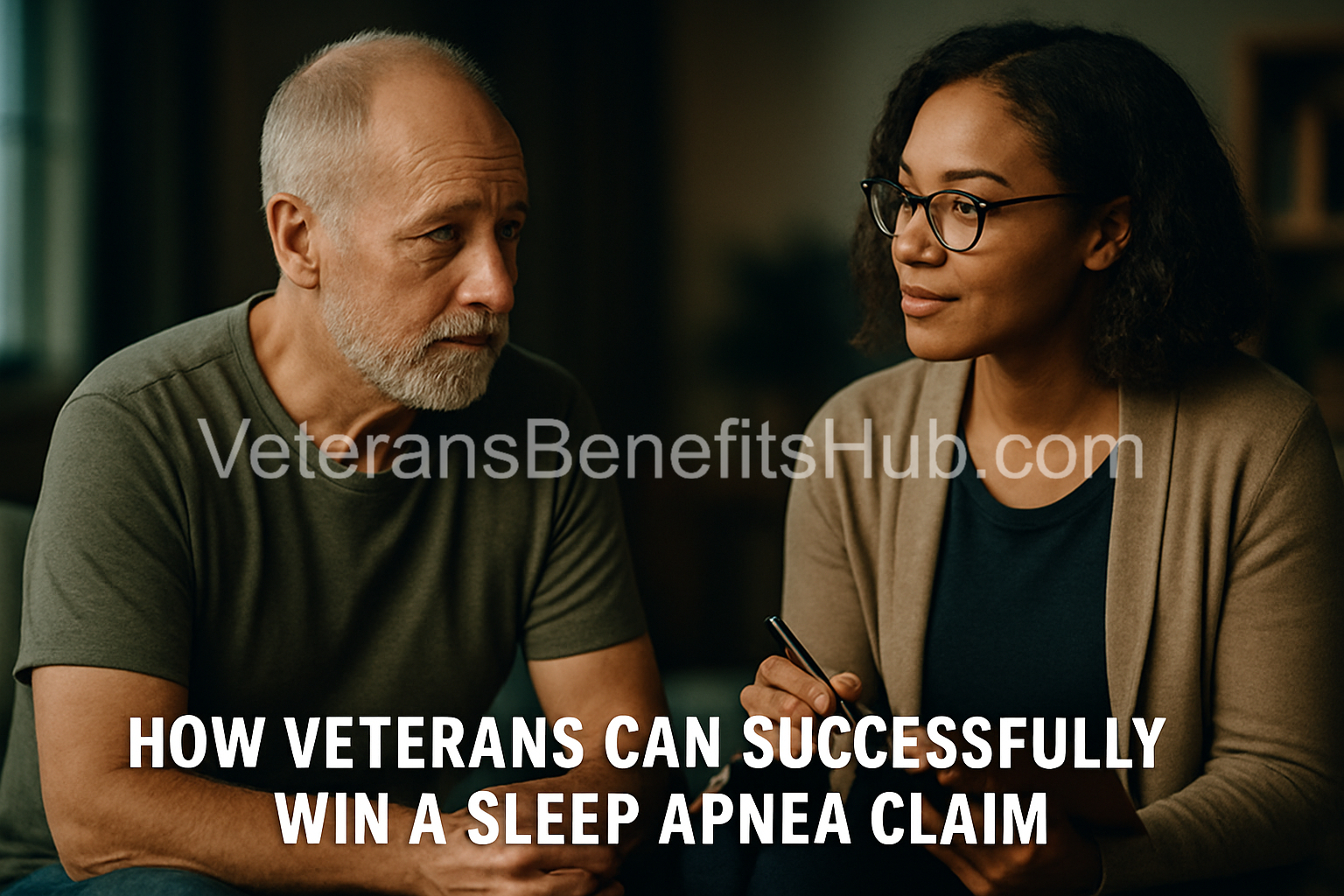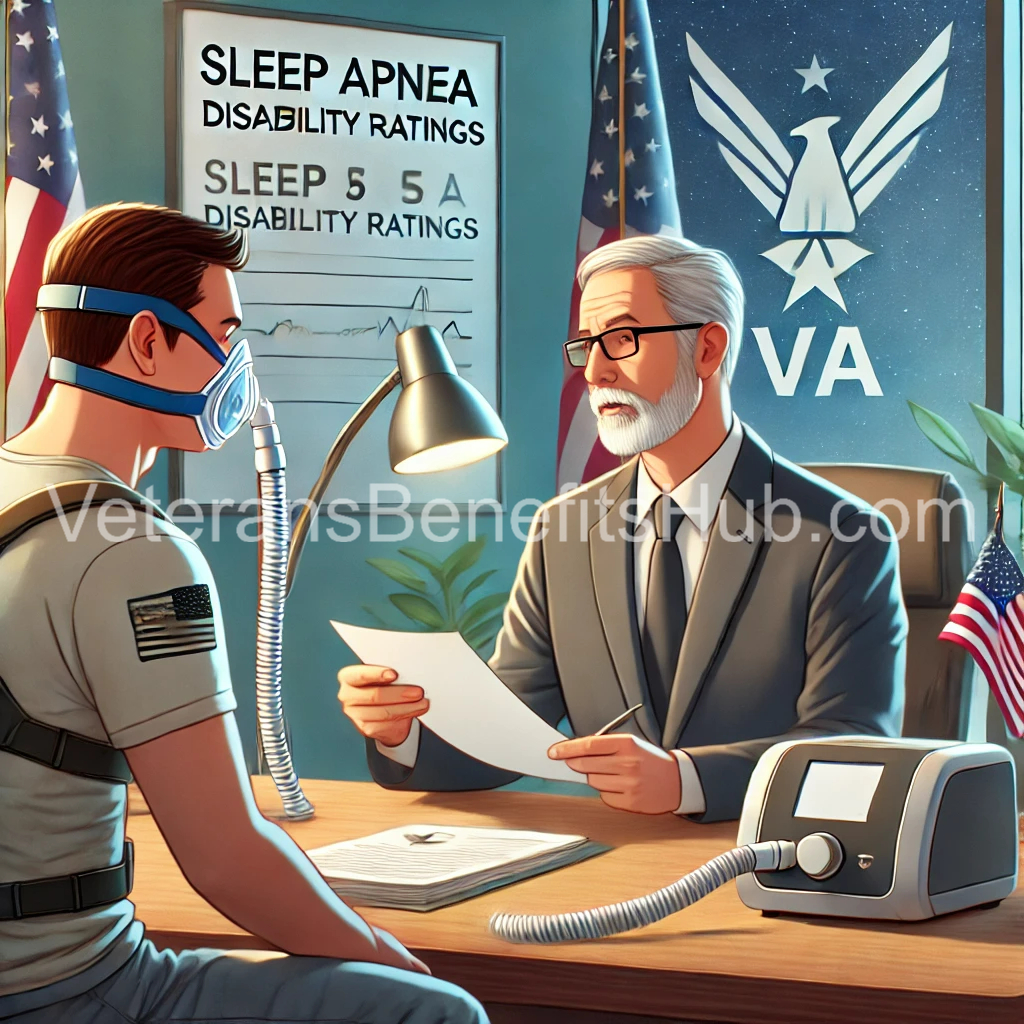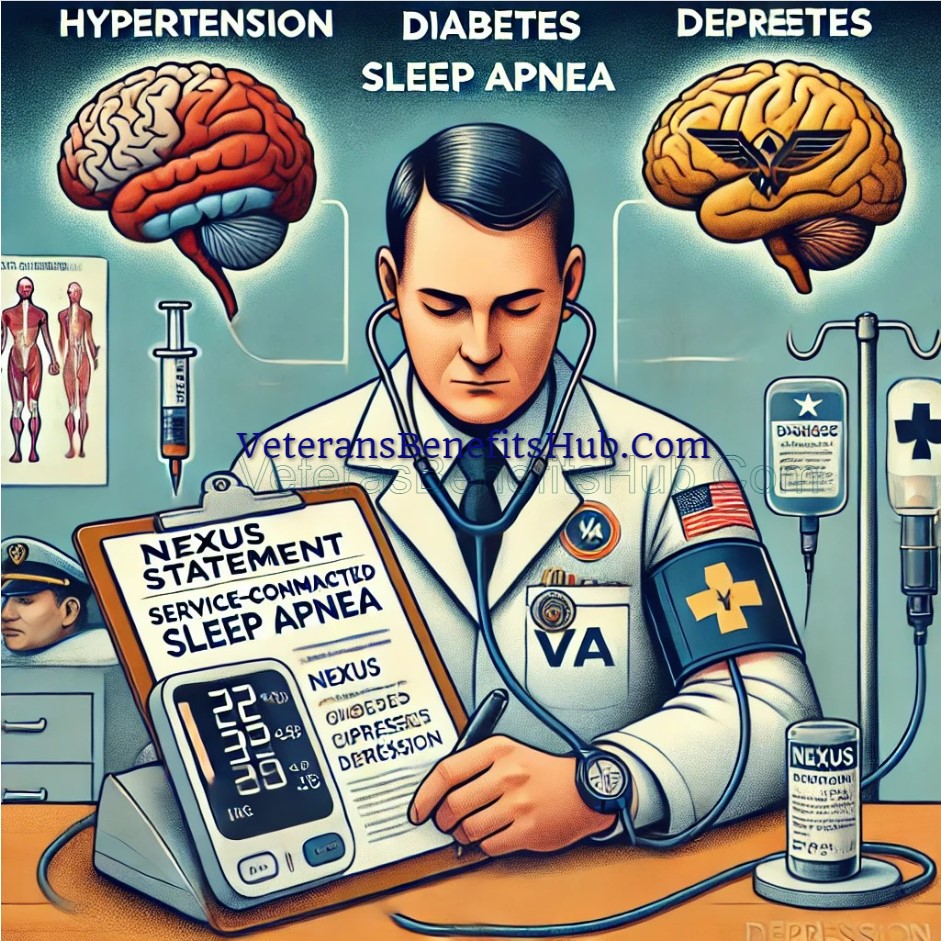Sleep Apnea Claims Revealed: VA’s Not Stopping Them, But They’re Fumbling Them

Why Your Buddy Got 50% for Sleep Apnea and You Didn’t
Let’s Clear This Up
Just because your buddy got 50% for sleep apnea doesn’t mean you will. And if you think the VA is either handing out sleep apnea claims like candy—or has suddenly stopped granting them altogether—you’ve been misinformed.
No, the VA didn’t secretly stop granting sleep apnea claims. What’s really happening is that they realized they had been approving claims with weak evidence. Now, they’re overcorrecting and denying valid claims because they don’t see the full picture.
Understanding the Real Issue
The assumption that “CPAP equals automatic 50%” leads many to believe the VA is just cutting costs. That’s not the core issue. Yes, the VA is messing up—but not in the way you might think.
Many veterans don’t fully understand the connection between their conditions and sleep apnea. Hearing that someone in your unit got 50% doesn’t mean your case is the same. For example, you can have both sleep apnea and a mental health rating, yet still not have a valid claim if the connection isn’t medically supported.
In some cases, it may make more sense to link sleep apnea to orthopedic issues—like neck or back problems that restrict airflow during sleep. That’s why strategy matters more than simply filing.
How the VA Misses the Mark
Here’s the problem: the VA often asks the wrong question—“Did your mental health condition cause your sleep apnea?” Most of the time, the answer is no. But that’s not the end of the story.
The real question should be: “Did your mental health condition aggravate your sleep apnea?” Under VA law, aggravation is just as valid as causation. But if you don’t lay it out with evidence and a proper nexus letter, the VA won’t make that connection for you.
What a Strong Claim Looks Like
- A formal diagnosis with a sleep study and CPAP prescription
- A clear link to your rated condition (e.g., PTSD, depression, anxiety)
- Evidence of how symptoms—like nightmares, insomnia, or medication side effects—make the sleep apnea worse
That’s aggravation. That’s a winnable claim.
Why Veterans Get Denied
Many veterans file claims with only a CPAP prescription, hoping the C&P examiner connects the dots. But the VA won’t connect those dots for you. If you don’t bring up aggravation, they won’t consider it. And sadly, there are plenty of voices out there trying to scare you into filing fast—or buying random nexus letters with no strategy behind them.
Think Strategy First
Before asking “Do I need a nexus letter?” ask: “What am I trying to connect? What’s the actual strategy?” Buying a nexus letter without knowing the purpose is like buying bullets without knowing what weapon they fit.
Here at BNCC, we don’t just file—we strategize, define, and execute. We identify the right secondary path—whether it’s mental health, orthopedic, or both. We ensure the VA is asking the right questions and that you’re prepared for your C&P exam.
Conclusion: Facts Over Fear
The VA isn’t denying sleep apnea claims to save money. They’re denying them because most of them aren’t built the right way. If you’ve got sleep issues and existing ratings for mental health or orthopedic conditions, there may be a connection—but you’ve got to present it clearly and with evidence.
Don’t fall for the rumor mill. Follow facts. Ask the right questions. And if you need help with your claim, feel free to comment below.
If this helped, like, and share this article—especially with a fellow veteran who needs clarity. That’s what this online portal is about: education, not fear.
Disclaimer:
This article represents opinion and experience-based insights. It is not official legal or medical advice. VeteransBenefitsHub.com encourages all veterans to seek professional support when filing VA claims.




